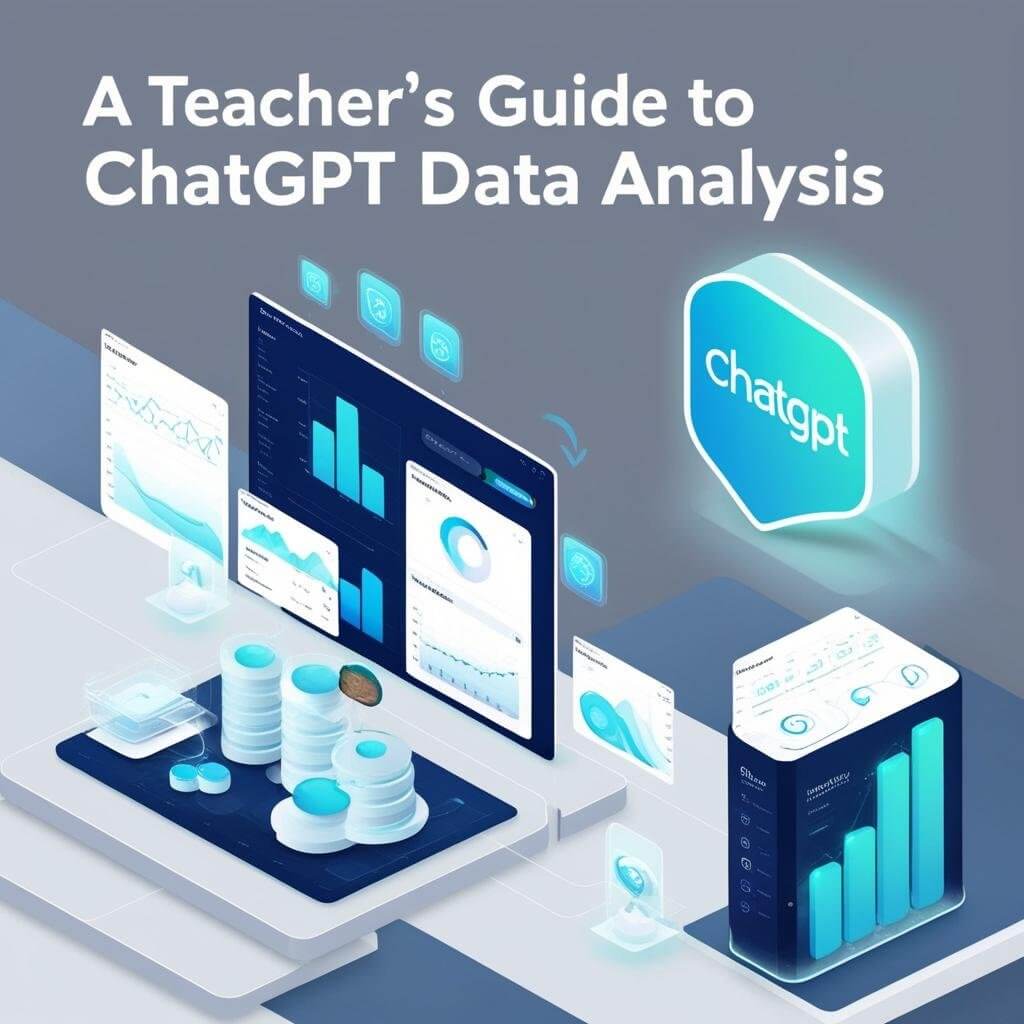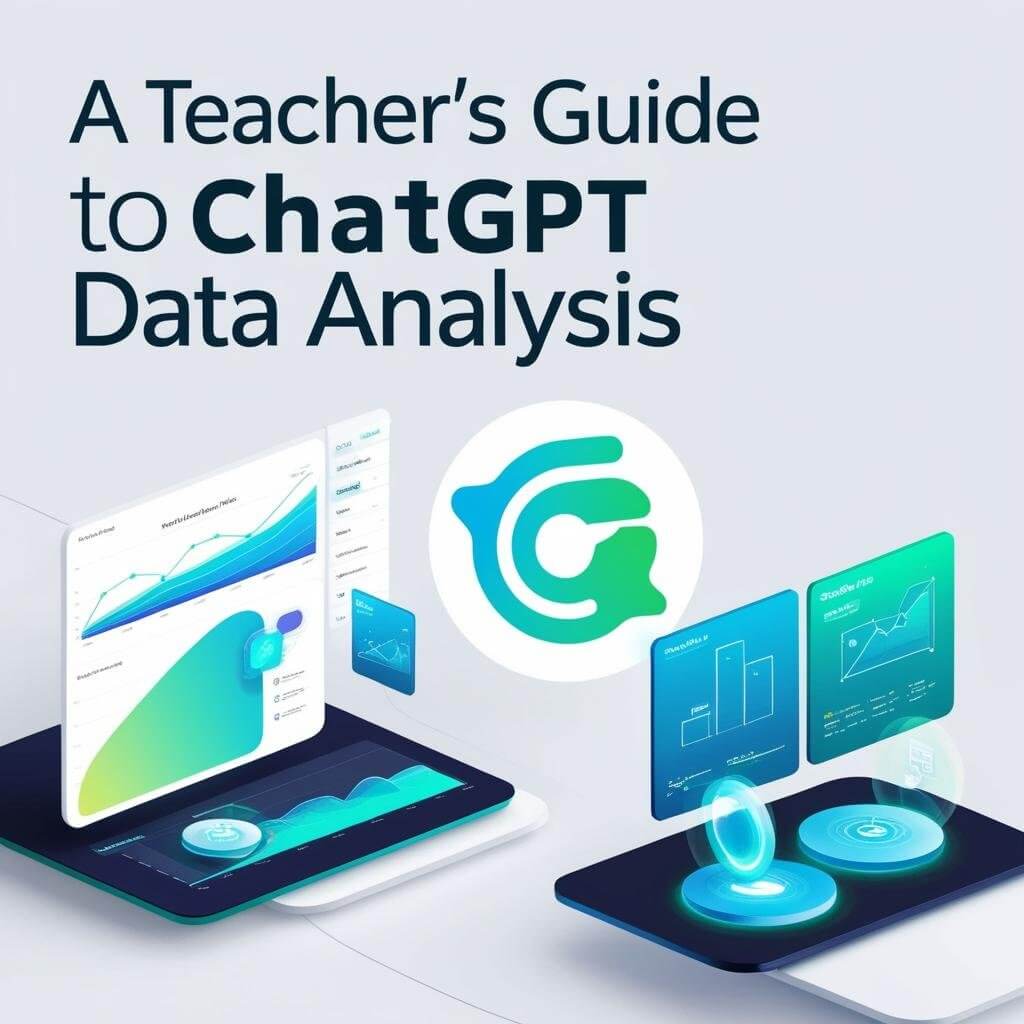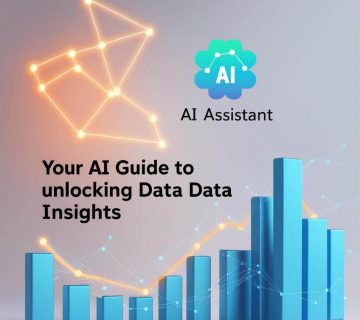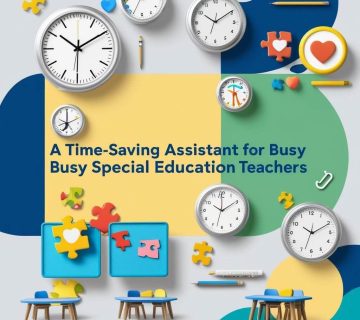The bell rings, students are gone, and you’re left with a mountain of data. From assessment scores and assignment feedback to behavioral observations and survey responses, being a teacher today often means being a data manager. While this data holds the key to understanding student needs and improving learning outcomes, the process of analyzing it can be overwhelming and incredibly time-consuming.
But what if you had an intelligent assistant to help you make sense of it all? Enter ChatGPT data analysis. Yes, the same AI powerhouse that can draft emails and explain complex topics can also be a valuable ally in your classroom data analysis efforts. This guide will explore how teachers can leverage ChatGPT to uncover meaningful insights, save precious time, and ultimately, make more informed decisions for their students.
What is ChatGPT and How Can It Help with Data Analysis?
ChatGPT (and similar advanced AI models like Google’s Gemini) is a large language model designed to understand, generate, and process human-like text. While it’s not a traditional statistical software, its strength lies in its ability to:
- Summarize large volumes of text-based data: Think open-ended student responses, qualitative survey feedback, or even your own observation notes.
- Identify patterns and themes: ChatGPT can quickly sift through textual data to highlight recurring ideas, common misconceptions, or emerging trends.
- Categorize information: Provide it with criteria, and it can help sort data into relevant groups.
- Generate reports and summaries: Transform raw data or identified patterns into easy-to-understand narratives.
- Brainstorm solutions: Based on the data insights, ChatGPT can help you brainstorm differentiated instruction strategies or intervention ideas.
For teachers, this means you can use ChatGPT for data analysis tasks like quickly understanding the main points from a batch of student essays, identifying common areas where students are struggling in a particular subject, or even getting a summary of feedback from a parent survey.
Why Should Teachers Embrace ChatGPT for Data Analysis? The Benefits are Clear:
Integrating AI into your data analysis workflow isn’t just about keeping up with technology; it’s about unlocking tangible benefits:
- Save Valuable Time: Reduce hours spent manually sifting through qualitative data. Let ChatGPT do the initial heavy lifting so you can focus on interpretation and action.
- Gain Deeper Insights Faster: Quickly identify trends, patterns, and outliers in student performance or feedback that might be missed with manual review.
- Facilitate Differentiated Instruction: By understanding diverse student needs more clearly through data, you can tailor your teaching approaches more effectively.
- Enhance Feedback & Reporting: Generate concise summaries of student progress or classroom trends for reports, parent-teacher conferences, or department meetings.
- Make Data-Driven Decisions More Accessible: ChatGPT can make the process of gleaning insights from data less intimidating, empowering more teachers to use data confidently.
- Reduce Teacher Burnout: By automating some of the more tedious aspects of data analysis, you can free up mental energy for teaching and student interaction.
Practical Examples: ChatGPT Data Analysis in Action for Teachers

Let’s imagine a few scenarios where ChatGPT data analysis can be a game-changer:
- Analyzing Open-Ended Survey Responses: You’ve collected student feedback on a recent unit. Instead of manually reading every response, you can ask ChatGPT to summarize the main themes, list the most common suggestions, and identify any strong positive or negative sentiments.
- Reviewing Student Writing Samples: Input a set of (anonymized) student paragraphs on a specific topic. Ask ChatGPT to identify common grammatical errors, recurring arguments, or areas where students demonstrate strong understanding versus confusion.
- Understanding Performance on a Project: You have a rubric and notes on student presentations. You can describe the performance levels and ask ChatGPT to help categorize students or identify overall class strengths and weaknesses based on your qualitative notes.
- Brainstorming from Assessment Data: You’ve noted that 30% of your class struggled with a specific concept on the last quiz. You can present this to ChatGPT (along with the concept itself) and ask for suggestions for re-teaching strategies or supplemental activities.
The key to unlocking these capabilities lies in how you “ask” or “prompt” the AI.
The Secret Sauce: Effective Prompts for Powerful AI Data Analysis
While ChatGPT is incredibly smart, it needs clear instructions to provide relevant and accurate data analysis insights. Crafting the perfect prompt can be time-consuming and requires a bit of trial and error. You need to specify the context, the data (or a description of it), and the exact output you’re looking for.
This is where specialized resources can be invaluable. Instead of starting from scratch, imagine having a toolkit of expertly crafted prompts designed specifically for the data analysis tasks teachers face every day.
That’s precisely why we created the Data Analysis ChatGPT and Gemini Prompts for Teachers!
This digital product provides you with a comprehensive set of ready-to-use prompts tailored for educators. Whether you’re using ChatGPT or Google’s Gemini, these prompts will help you:
- Effortlessly analyze student feedback and assessment results.
- Identify learning patterns and individual student needs quickly.
- Generate insightful summaries for planning and reporting.
- Save hours on data interpretation and focus on action.
Stop wondering how to phrase your questions to AI and start getting meaningful results immediately. Our prompts package takes the guesswork out of ChatGPT data analysis, allowing you to harness the full potential of AI for your classroom.
Ethical Considerations and Best Practices for AI in Education
As with any powerful tool, it’s crucial to use AI responsibly:
- Prioritize Student Privacy: Always anonymize student data before inputting it into ChatGPT or any AI tool. Remove names, student IDs, and any other personally identifiable information.
- Be Specific and Contextual: The more context you provide the AI, the better the results.
- Verify and Critically Evaluate: AI-generated insights are a starting point. Always use your professional judgment and, where possible, cross-reference with other data or observations.
- Understand Limitations: AI is a tool to assist, not replace, human expertise and the nuanced understanding you have of your students.
- Stay Informed: AI technology is rapidly evolving. Keep learning about best practices for its use in education.
The Future is Data-Informed, and AI Can Help Get You There
The ability to effectively analyze classroom data is no longer a luxury but a necessity for impactful teaching. Tools like ChatGPT, when guided by effective prompts and used responsibly, offer an unprecedented opportunity to simplify this process, uncover deeper insights, and ultimately, better serve our students.
Ready to spend less time wrestling with spreadsheets and more time implementing data-driven strategies? Exploring ChatGPT data analysis is your next step.
And if you want a significant head start, don’t forget to check out our Data Analysis ChatGPT and Gemini Prompts for Teachers. It’s designed to empower you, the teacher, to become an even more effective, data-informed educator.





No comment